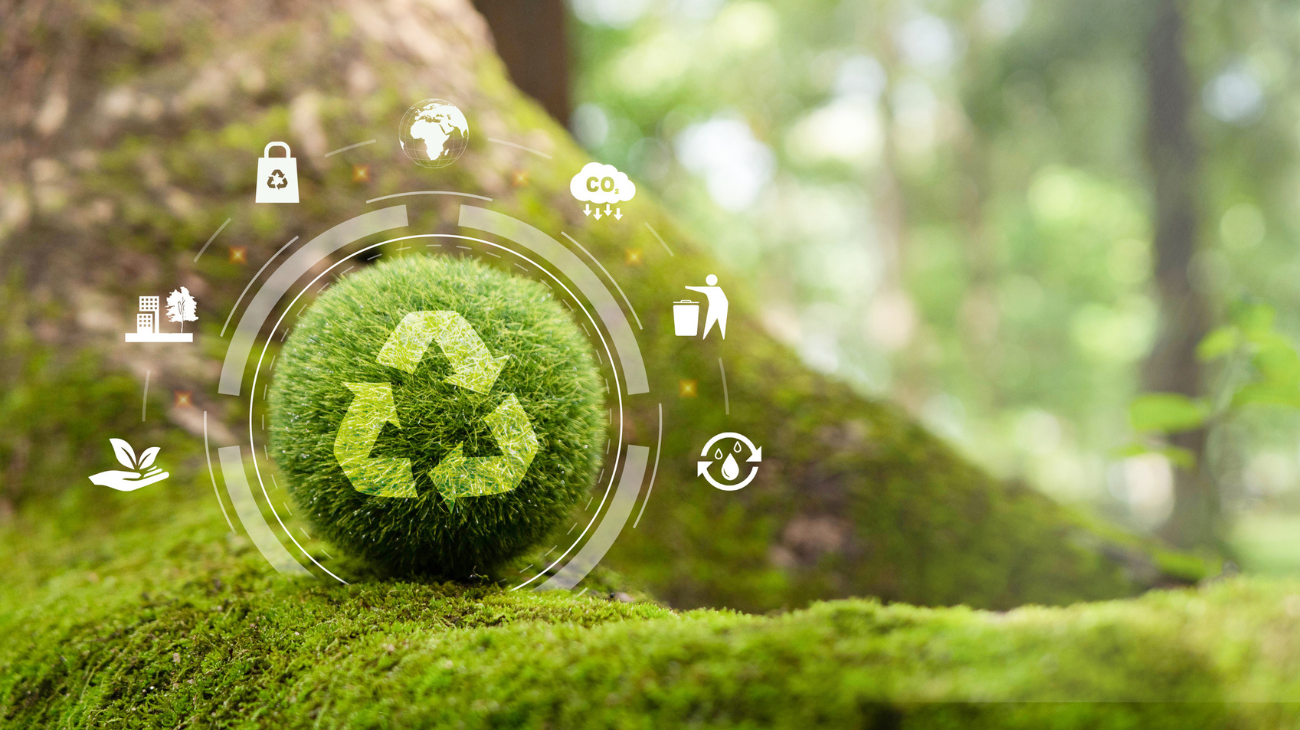The production-use-throw-away model of the linear economy, which involves massive waste production and requires the availability of large quantities of raw materials and energy, is countered by the reduce-recycle-reuse model: the circular economy.
- Unsustainable vs Sustainable
- The difference between the line and the circle
- The benefits of the circular economy
Unsustainable vs. Sustainable
According to the linear economic model, each product’s life is punctuated by several stages and its production leads to the formation of waste, which for various reasons cannot be reused. The unsustainability of thelinear economy necessitates a change of course that promotes the transition to a sustainable, long-termcircular economy.
According to a study conducted by Ipsos and Legambiente, almost half (45%) of the Italians interviewed know what the circular economy is, a clear increase compared to previous years. It is important to help spread this concept more and more so that we can start saying: yes, I know what the circular economy is for the good of my planet! But we are on the right track.
The difference between the line and the circle
So, basically, what are the differences between the two models?
Linear economics is based on dividing the life of a good into five stages:
- extraction
- production
- distribution
- consumption
- disposal
It is therefore easy to understand how, following this model, even huge amounts of energy are used to extract and produce an item that will have a limited and sometimes very short lifespan (just think of disposable products).
We must also not forget that, at the end of its life cycle, the product itself will become ‘waste’, leading to the problem of its management and disposal.
On the contrary, the aim of the circular economic model is to reduce ‘waste’. In fact, one of the objectives of the circular economy is to reuse products that would constitute waste under the linear model.
In fact, thecircular economy is based on the following five principles:
- sharing
- loan
- reuse
- repair or reconditioning
- recycling
This approach aims to respect the ‘three R’s’ rule of three distinct phases: reduce, recycle, reuse.
The benefits of the circular economy
A system based on the circular economy undeniably brings countless benefits among which we must certainly list:
- the reduction of waste;
- the reduction of energy dedicated to the production and disposal of goods;
- the slowdown in the use of nature reserves;
- the decrease in annual greenhouse gas emissions.
To date, many realities are adopting this new system, but we all have to play our part in some way!
Precisely for this reason, we at Taiao are here to talk about the environment, tips and projects. Be part of the change with us!
Play for the planet!
